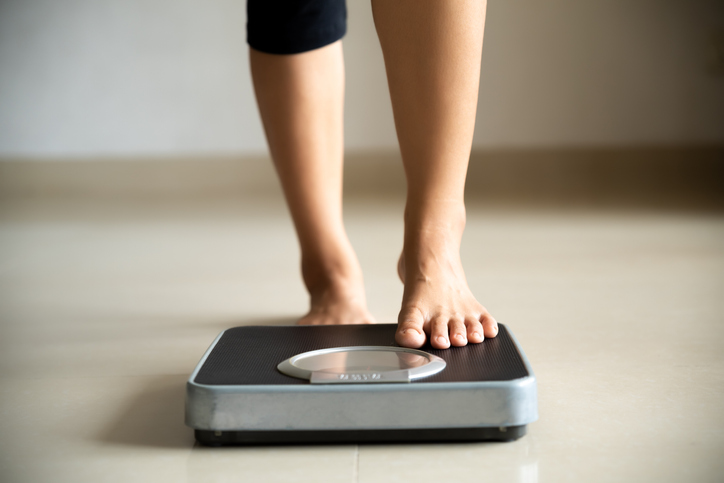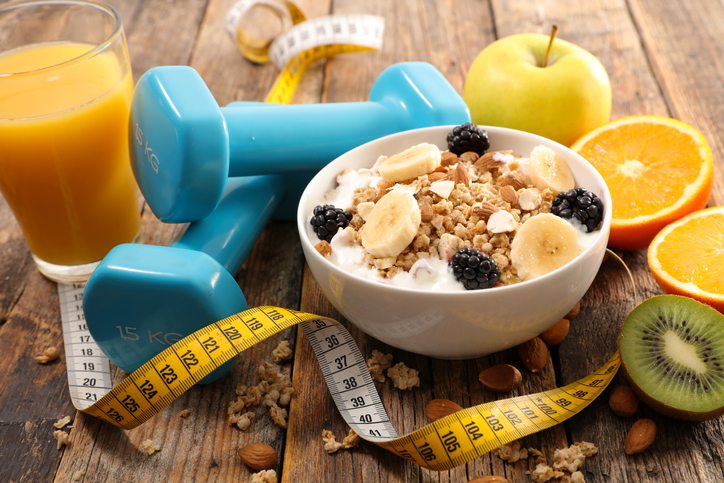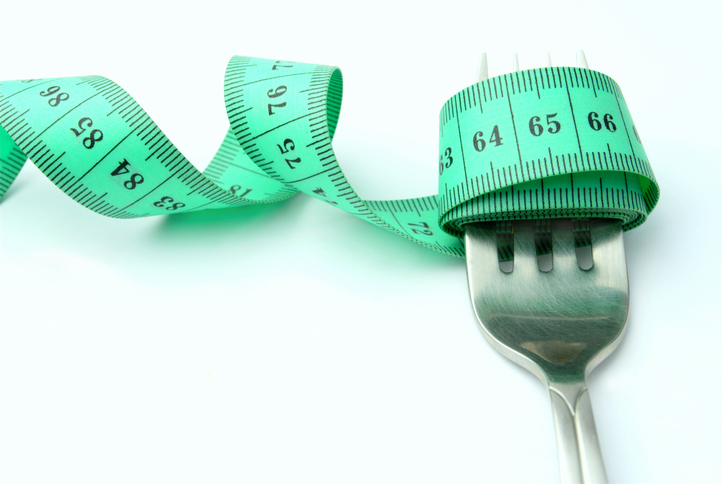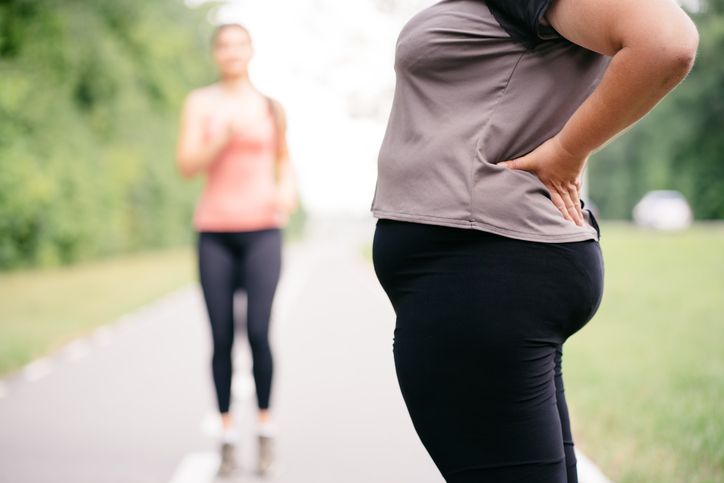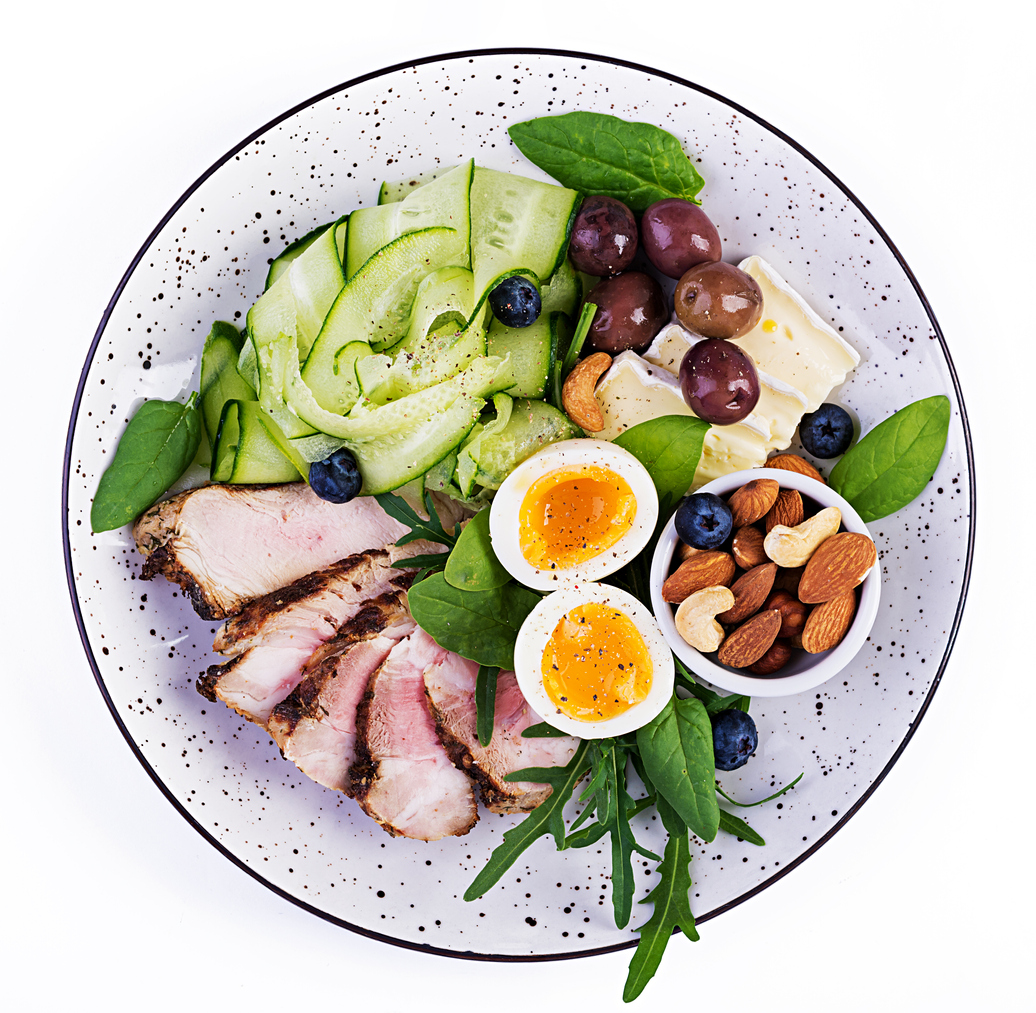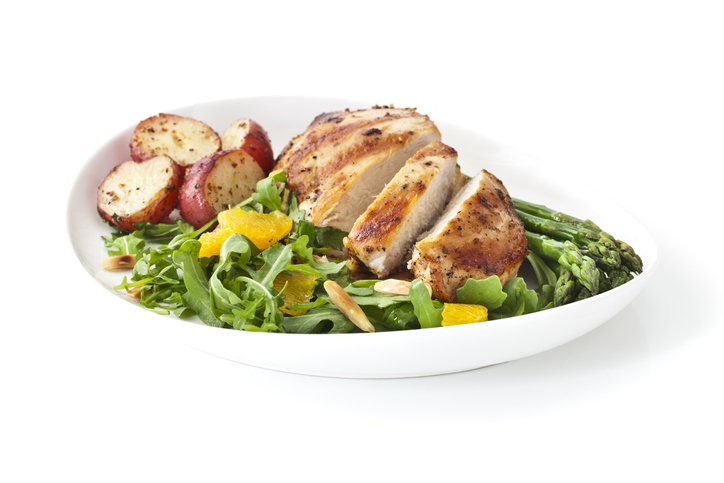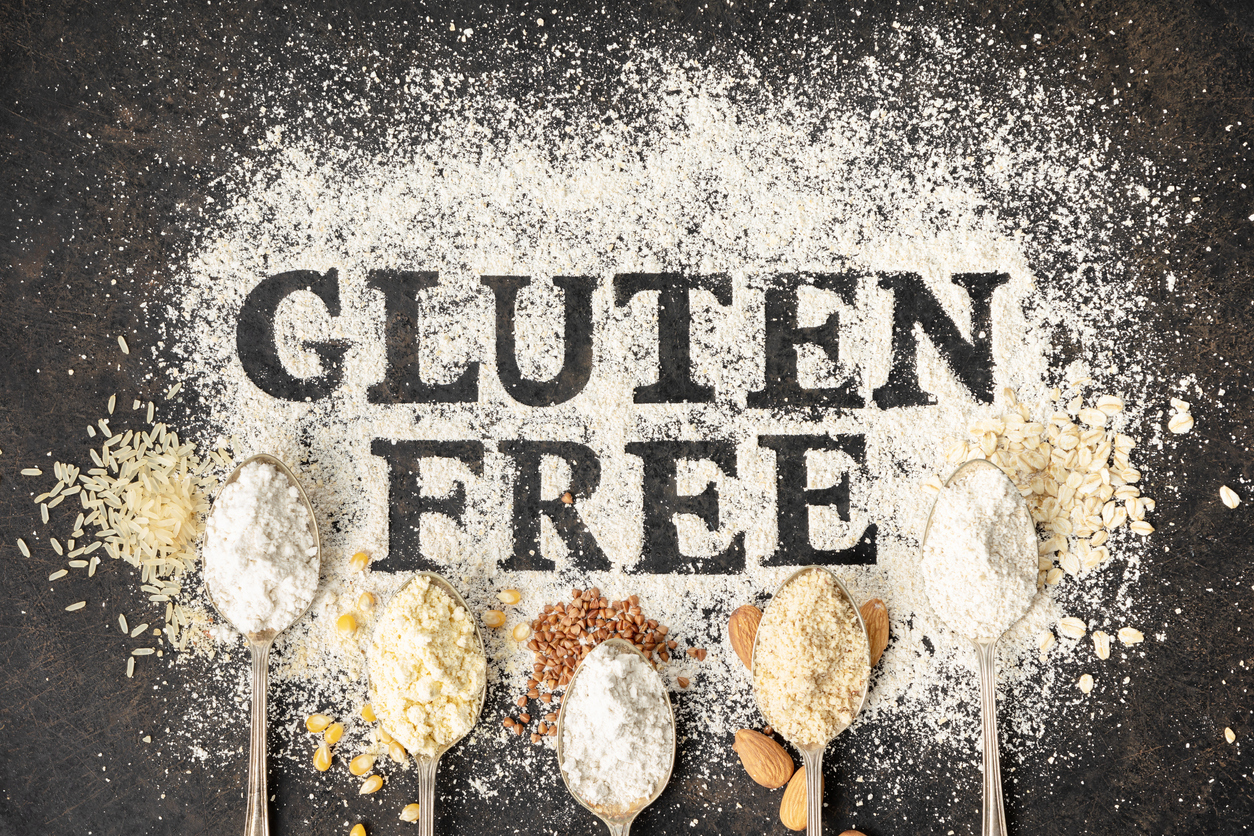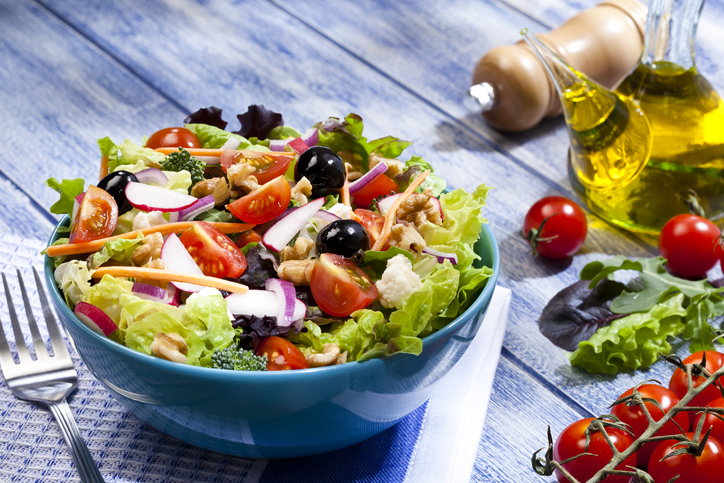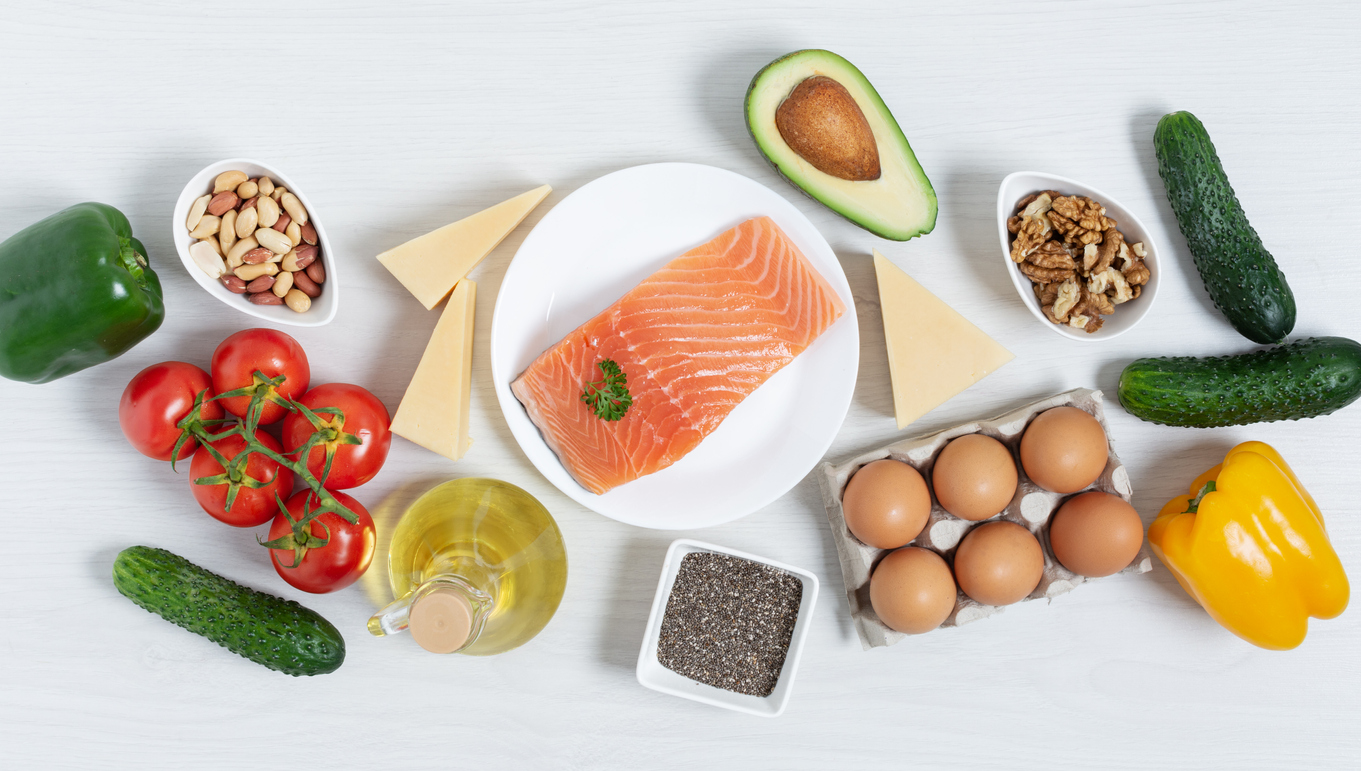Wellness
10 Simple Tips for Healthy Weight Loss
Source: Healthline, WebMD, Arthritis Foundation, National Institute on Aging: National Institutes of Health

10 people found this helpful
Print
Share
Save
Losing weight to achieve optimal health is not an easy task, especially for someone dealing with a chronic pain condition. Ten tips to help attain personal weight loss goals include the following:
- Eat a daily breakfast. While this may seem counter-intuitive, it is an effective way to prevent overeating throughout the day.
- Eat more protein. Eating protein can reduce hunger pangs because it affects certain hormones that play a role in fullness and hunger. Some examples of healthy proteins include chicken breasts, fish, almonds, quinoa, Greek yogurt, and different types of lentils.
- Eat at a slow pace. Giving the brain time to process that the stomach is full decreases overall food intake. Thoroughly chewing each bite slows down the process of eating. Also, eating without distractions forces the brain to focus on the task at hand, allowing for proper chewing and the ability to feel the signs of fullness.
- Stay out of the kitchen at night. Setting a time that the kitchen is officially closed helps eliminate snacking. Those late-night munchies and binge-watching snacks can add up on the scale. Instead, eating a sweet snack right after dinner can curb late-night cravings. Brushing teeth after dinner also helps prevent late-night snacking.
- Keep unhealthy snacks out of the house. If high-fat snacks and sugary drinks aren't available, they can’t be consumed. It seems simple enough. If a snacker at heart, replacing fatty snacks and sugary drinks with fruits and veggies is a healthier option.
- Reduce portion sizes. The portions served in restaurants and even at home are often more than needed and more than recommended. Reducing portion sizes cuts calories, leading to weight loss. It is important to keep in mind that portion sizes vary, depending on the type of food or drink. For example, 5-8 ounces of grains a day is recommended; whereas, 5-6 cups of vegetables is recommended. Using smaller plates or bowls can make portion control easier, and measuring cups and food scales are handy tools for portion control.
- Follow portion sizes. It is easy to “free pour” certain foods, such as cereal or pasta. Instead, adhering to the actual portion size on the labels of processed foods can help with weight loss.
- Hydrate, hydrate, hydrate. Drinking water before a meal reduces hunger and calorie intake. Also, replacing sugar-filled drinks, such as soda or juice, with water can cut enough calories from a diet to achieve noticeable weight loss.
- Reduce daily calories. Cutting just 200 calories from daily food intake is an easy way to begin a weight-loss journey.
- Get some sleep. Sleep quality and stress can negatively affect appetite and weight. When the body is stressed and tired, hormones fluctuate; this can increase cravings for unhealthy foods.
Simple lifestyle tweaks can have a big impact on weight loss. Consulting a physician before starting a weight loss plan is recommended. It is important to note that fad diets or severe fasting diets can be detrimental rather than helpful and can ultimately result in weight gain rather than weight loss.
